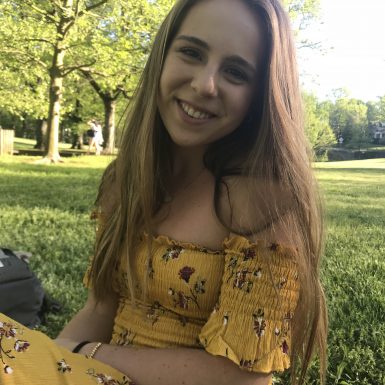The Importance of Informal Relationships in Remote Work

Nina Wetoska
Email: ninawetoska2022@u.northwestern.edu
BIO
Nina Wetoska is a junior who is double majoring in Learning and Organizational Change and Spanish. She has worked at several education and child-focused nonprofits, such as Big Brothers Big Sisters in both Chicago and Nashville. She got her first opportunity to participate in research through URAP. For a year she worked on a project headed by Dr. Coburn and was able to learn how to qualitatively code, formulate memos, and write paper proposals. She is currently working on the YPRPT project through the TREE lab and is looking forward to continuing that research into the Winter Quarter.
Q&A
My topic is looking into how a remote company created a community, which includes informal relationships and trust.
I came up with my research topic after working at the organization for several weeks. I also discussed it with Professor Lewis, and he helped me refine the topic to trust and informal relationships.
I am extremely interested in relationships between both larger entities and individuals. Additionally, I would like to look into roles that have been laid out and how people fill those roles. There is so much left to discover in terms of remote work and interpersonal relationships, which was brought forth by the COVID-19 pandemic.
I will hopefully be going into an education or human development related PhD program.
